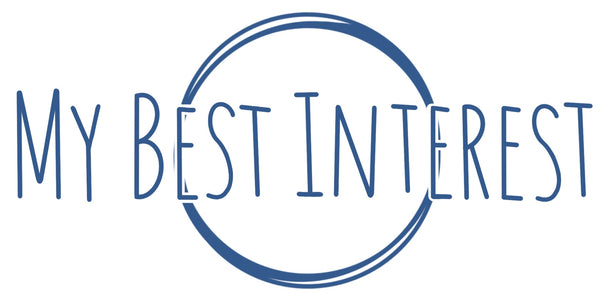Dyspraxia
Understanding Dyspraxia: A Comprehensive Guide
Dyspraxia, also known as Developmental Coordination Disorder (DCD), is a neurological condition that affects movement and coordination. It impacts a person's ability to plan and execute motor tasks, leading to difficulties with physical activities and coordination. In this guide, we'll explore what dyspraxia is, debunk common misconceptions, provide useful statistics and facts, outline signs and symptoms, and offer strategies for supporting individuals with dyspraxia.
What is Dyspraxia? Dyspraxia is not just clumsiness or a lack of coordination; it is a specific developmental disorder that affects motor planning and coordination. Individuals with dyspraxia may struggle with activities requiring fine motor skills (such as writing or tying shoelaces) and gross motor skills (such as running or catching a ball). Dyspraxia can also affect speech and language development, organisation, and spatial awareness.
Common Misconceptions One common misconception about dyspraxia is that it's solely a result of poor coordination or physical weakness. However, dyspraxia is a neurological condition with a complex interplay of factors, including differences in brain development and processing. Another misconception is that individuals with dyspraxia are not intelligent. In reality, dyspraxia has no correlation with intelligence; many individuals with dyspraxia have average or above-average cognitive abilities.
Useful Statistics and Facts
- Dyspraxia affects approximately 5-10% of the population worldwide.
- It often co-occurs with other developmental disorders, such as ADHD, dyslexia, or autism spectrum disorder.
- Early identification and intervention are crucial for improving motor skills and minimising the impact of dyspraxia on daily functioning.
- With appropriate support and accommodations, individuals with dyspraxia can learn strategies to navigate challenges and succeed in academic, social, and occupational settings.
Signs and Symptoms Signs of dyspraxia can vary widely and may include:
- Difficulty with fine motor skills, such as handwriting, using utensils, or buttoning clothing.
- Challenges with gross motor skills, such as running, jumping, or catching a ball.
- Poor coordination and balance.
- Difficulty with spatial awareness and navigation.
- Speech and language difficulties, such as articulation problems or difficulty organising thoughts and words.
- Sensory processing issues, such as hypersensitivity or hyposensitivity to sensory input.
How to Help and Accommodate Supporting individuals with dyspraxia involves understanding their unique strengths and challenges and providing appropriate interventions and accommodations. Here are some strategies for helping individuals with dyspraxia:
- Provide opportunities for practice and repetition to improve motor skills.
- Break tasks into smaller, more manageable steps.
- Use visual supports and cues to reinforce instructions and concepts.
- Offer alternative methods for completing tasks, such as using assistive technology or providing written instructions.
- Create a supportive and inclusive environment where individuals feel valued and encouraged to participate.
Other Relevant Information
- Dyspraxia is a lifelong condition, but with early intervention and targeted support, individuals can learn to cope with their difficulties and develop strategies for success.
- It's essential to raise awareness about dyspraxia and advocate for inclusive practices in education, healthcare, and employment to ensure that individuals with dyspraxia have equitable access to opportunities and support.
By promoting understanding, providing support, and advocating for inclusive policies and practices, we can create a more accessible and inclusive society where individuals with dyspraxia can thrive and reach their full potential.
